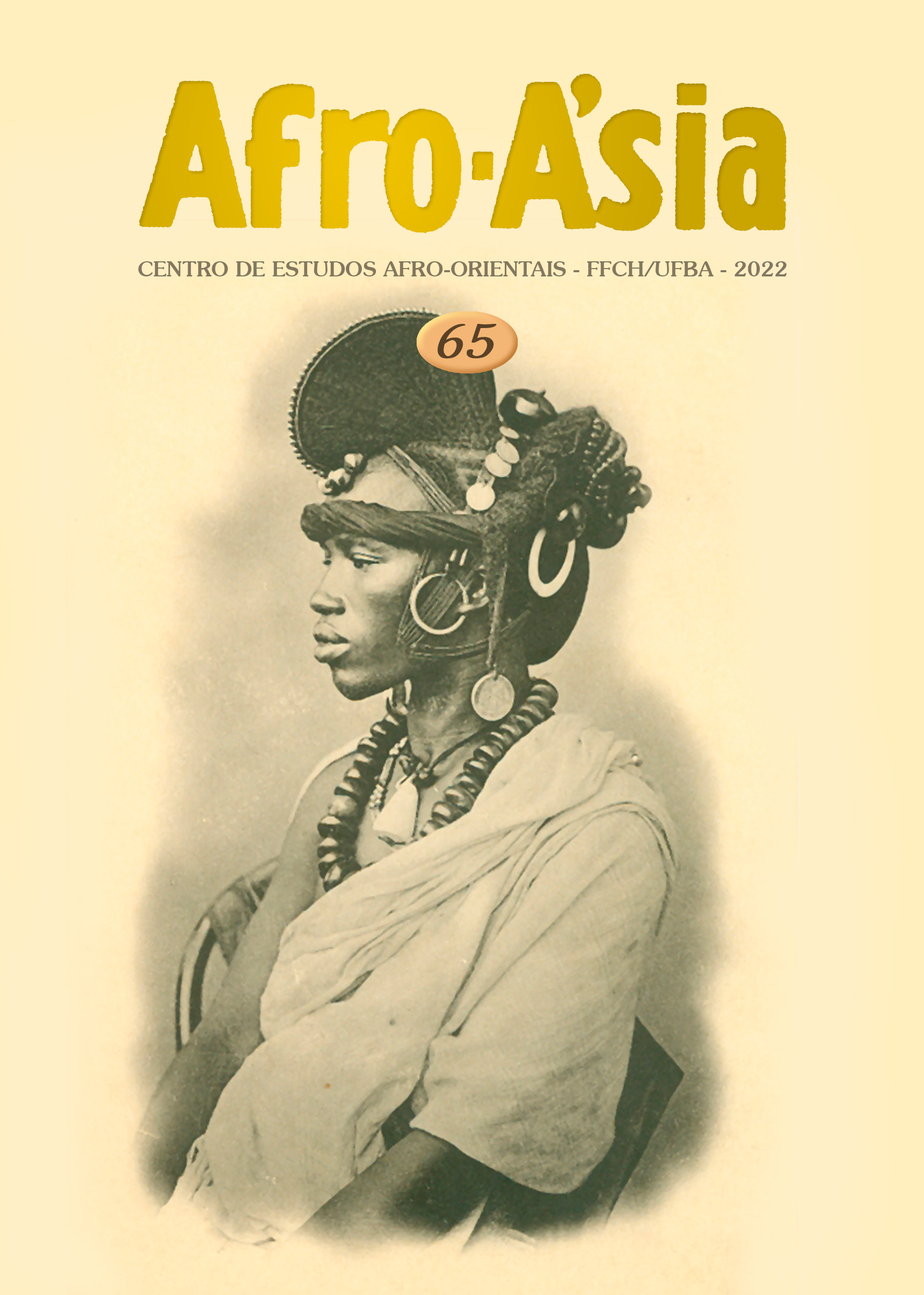The Case of the Clementina and the Fight Against the Transatlantic Slave Trade in Pernambuco (1831-1839)
DOI:
https://doi.org/10.9771/aa.v0i65.45121Keywords:
Enslave Trade, Calabar, 19th-century Pernambuco, Liberated AfricansAbstract
This article analyzes the case of the French schooner Clementina, seized on January 21, 1831, under suspicion of involvement in the transatlantic slave trade. When captured, the ship had 175 enslaved Africans on board. The main objective of this article is to elaborate a case study. Utilizing as its main source material the correspondence exchanged between the French consulate in Recife and the government of the Province of Pernambuco, as well as the sentences handed down in Brazil and France, we frame the analysis within the debate surrounding Brazil’s first anti-trafficking law of November 7, 1831. Particularly, we seek to understand what the seizure of the Clementina reveals about the social scenario of the period, from which one can infer both the involvement of slave traders based in Recife and their strategies to perpetuate the smuggling of human beings, as well as understand the role of this government in combating this infamous trade.
Downloads
Downloads
Published
How to Cite
Issue
Section
License
Copyright (c) 2022 Aderivaldo Ramos de Santana

This work is licensed under a Creative Commons Attribution 4.0 International License.
You are entitled to freely share, adapt and use the work herein published for any legitimate purpose as long as authorship and the original source are acknowledged.




